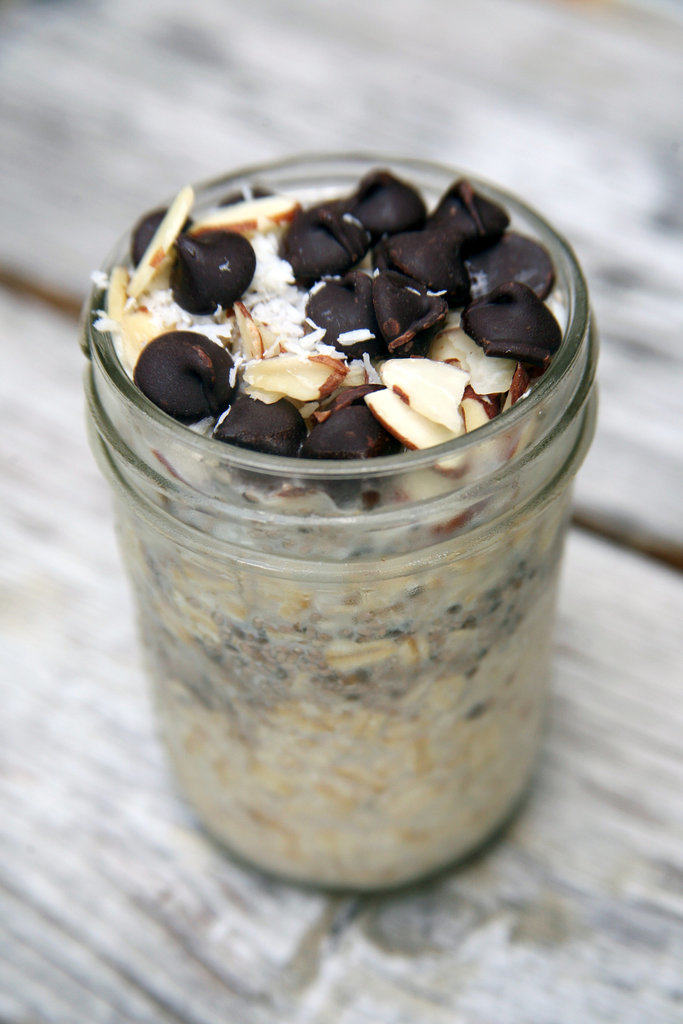4/13/16![]()
You’ve been running regularly for some time and have completed a few 5K fun runs. But now it’s time to step it up and take this distance seriously. Here are some tips to help you beat your personal record when running 3.1 miles.

During Training
- Add speedwork: If you want to run a faster 5K, then you have to practice running faster. Coach Andrew Kastor recommends adding 80-meter sprints into your training schedule, and here’s his plan for running a faster 5K in four weeks. Remember: sprinting can be hard on the body, so make sure to start off with shorter sprints and build up to the full 80 meters, especially if you’re new to speedwork.
- Add short uphills: Hills require strength and endurance, so if you practice them during your training, then you’ll develop speed and muscle power, and just as with plyometrics (jump exercises), hill sprints will increase flexibility in your muscles and tendons, which reduces your risk of injury. In your training, tackle shorter steep hills (about 6 to 10 percent incline). Sprint up for 10 seconds, and then walk downhill backward to avoid pressure on the knees. Repeat, eventually building up to eight 10-second sprints. It’s a surefire way to stronger, faster legs.
- Incorporate strength-training moves that target your shins, calves, quads, glutes, and core: Running alone won’t increase your speed. You need to strengthen the muscles that make you move so your actions will be more powerful and more efficient. Incorporate variations of squats, lunges, step-ups, calf raises, bent over rows, and these three booty moves from celebrity trainer David Kirsch.
- Become familiar with the route: Obtain a map of the 5K course, and if the route is open (like in a neighborhood or wooded trail), then practice running it to familiarize yourself with the hills, curves, and mile markers. Knowing the course in advance will give you confidence and an added advantage over runners who are tackling it for the first time.

On Race Day
- Nourish and hydrate: Eat a low-fiber meal that contains protein and easily digestible carbs. Make sure it’s under 200 calories and eaten one to two hours before you run. My favorite is peanut butter on a banana, but find what works for you. Drink 14 to 20 ounces of fluid two to three hours before you run.
- Warm up: It may only be 3.1 miles, but if you warm up with some brisk walking or light jogging 25 minutes before the race, then not only will you prevent injury, but also, your muscles will be ready to go once the race begins.
- For uphills: Proper form is key. Keep your head and chest upright and your shoulders and hands relaxed (no clenched fists). Take shorter strides and push off and up, not into the hill, to add spring to your movements, while keeping your feet close to the ground. Don’t make your legs do all the work — pump your arms to add power to each step. Gaze up the hill to where you’re going rather than at the ground. It helps you see the progress you’re making, which motivates you to keep going. Tackle the first two-thirds of the hill at a slower, relaxed pace, and then accelerate toward the end.
- For downhills: Use gravity here, and allow your body to take a longer stride with each step. Relax your leg muscles and focus on leaning forward into the hill and landing softly to avoid jarring your knees and other joints.
- For flats: Focus on moving efficiently and with minimal effort. You can achieve this by shifting your shoulders slightly in front of your hips, allowing gravity to naturally pull you forward. Capitalize on this forward momentum to conserve energy while increasing your pace on flat sections of the race without much muscular effort.
- For curves: Pay attention to turns in the course, and move over as soon as possible to hug the curves, shortening the distance.
- Finish strong: Knowing the course is extremely helpful, as miles aren’t always marked on 5Ks. Take a negative-split approach to the race; once you hit the halfway mark, begin to pick up the pace (passing runners will give you an added boost of confidence). For the last quarter mile, go for the gold and sprint to the finish line.
RElated: 8-Week Beginner 10K Running Schedule
Image Source: POPSUGAR Photography / Kat Borchat
POPSUGAR, the #1 independent media and technology company for women. Where more than 75 million women go for original, inspirational content that feeds their passions and interests.
Source: How to Run a Faster 5K : PopSugar





